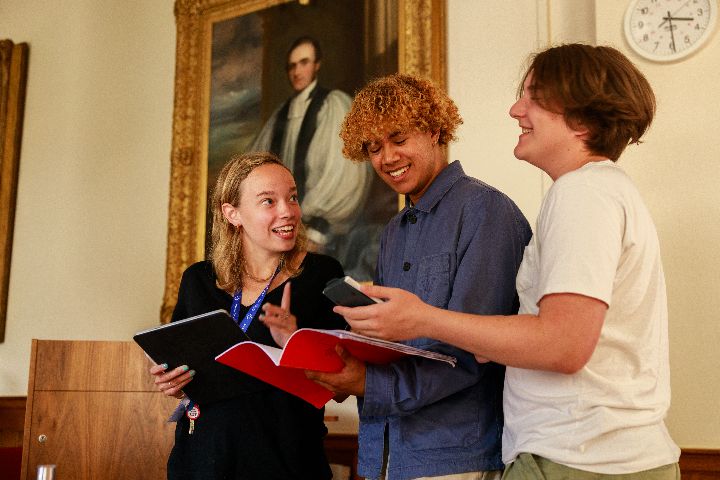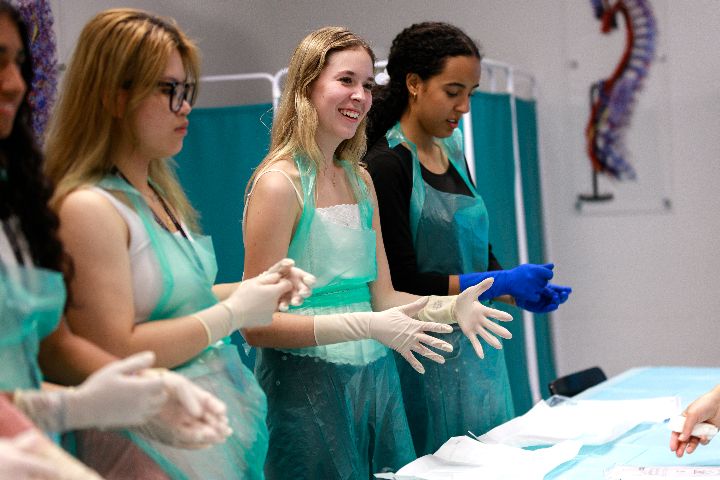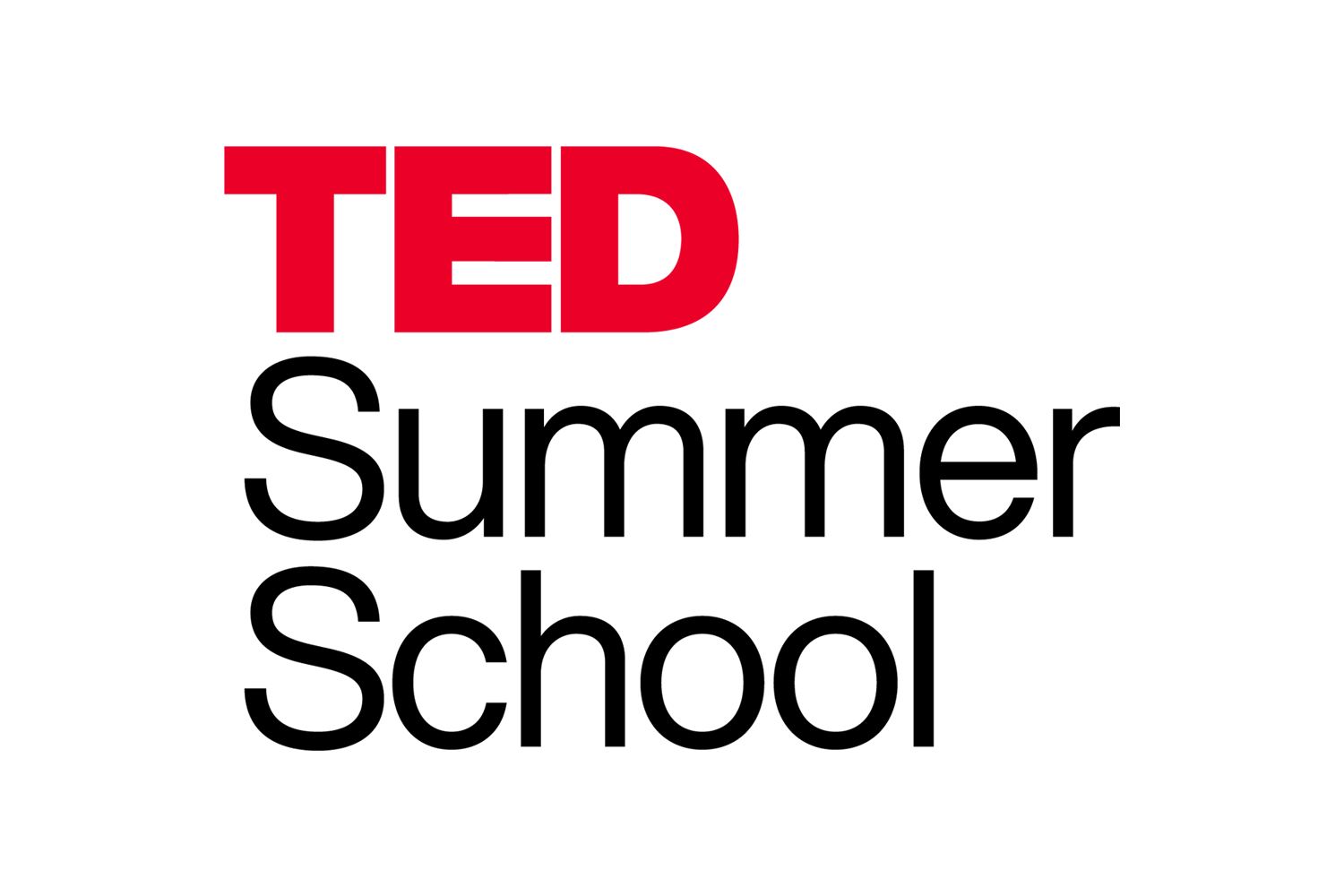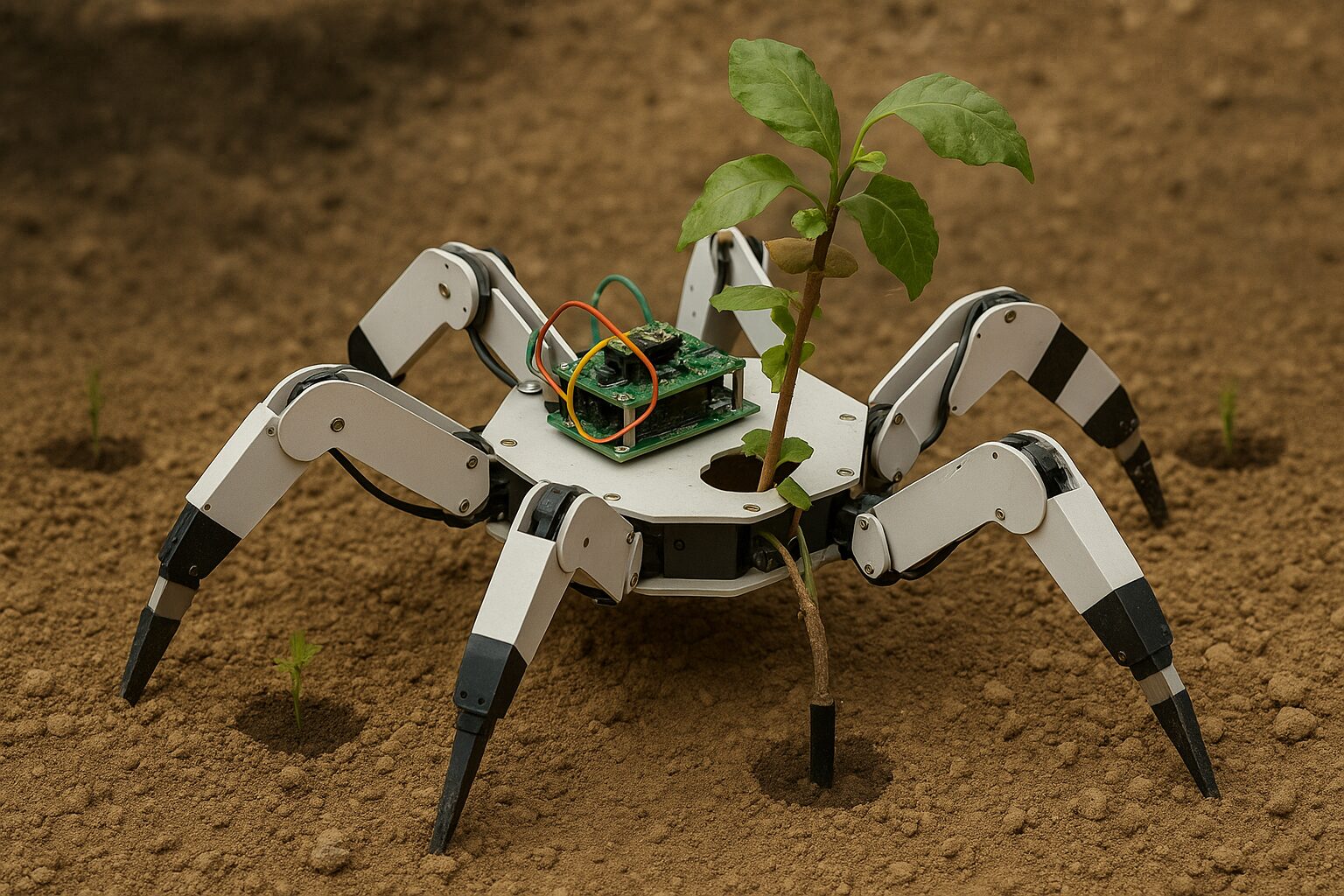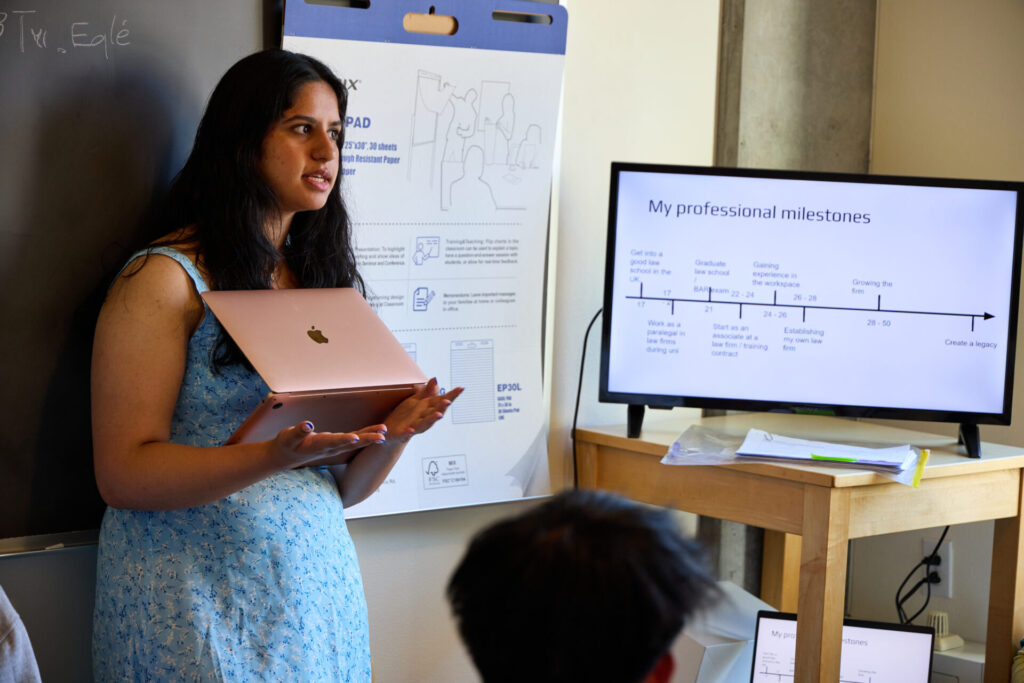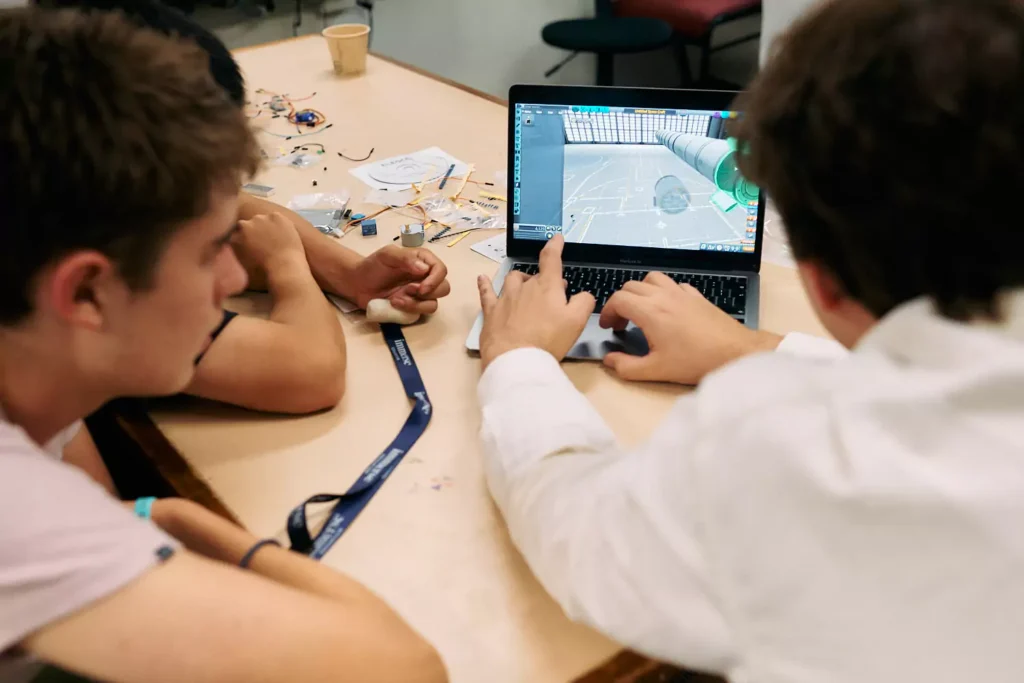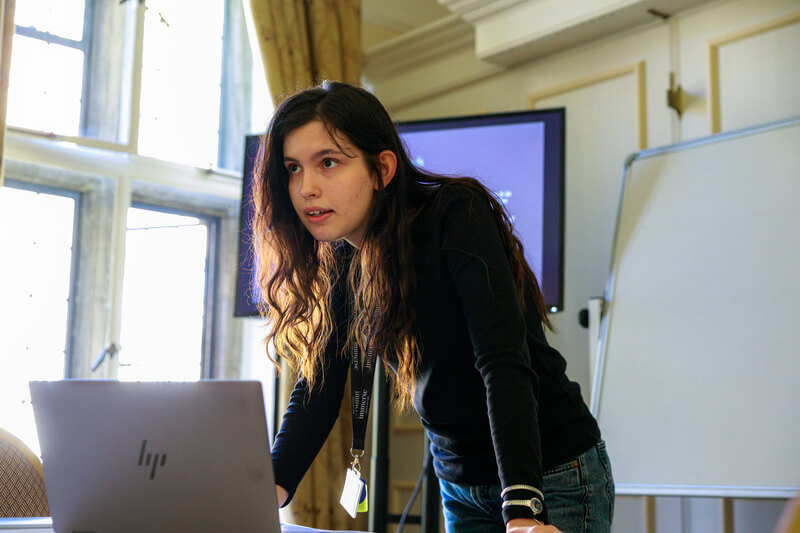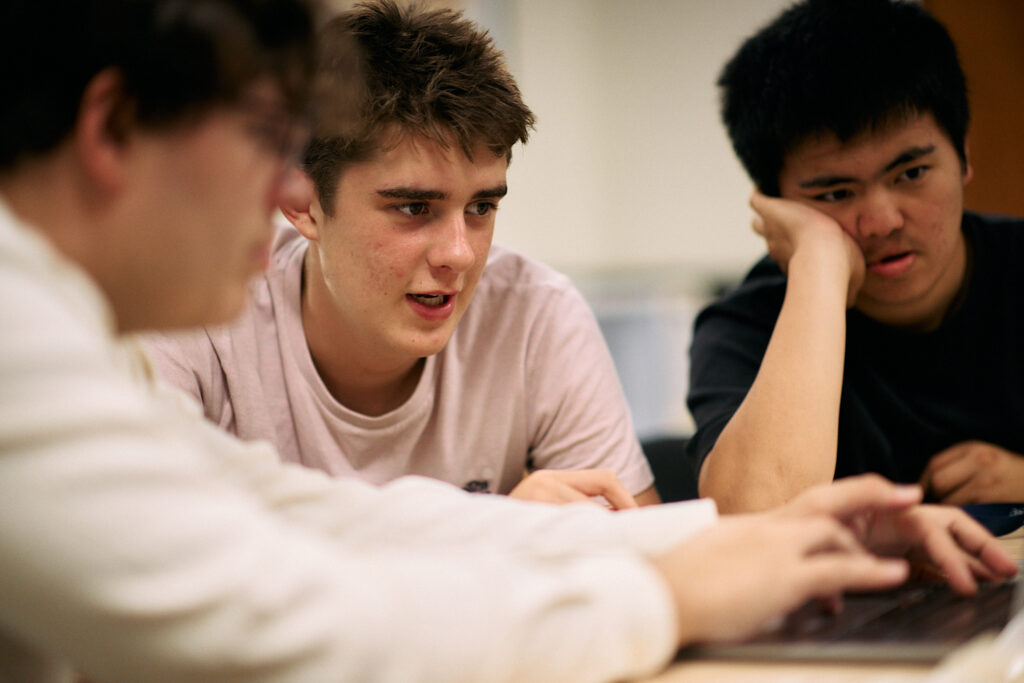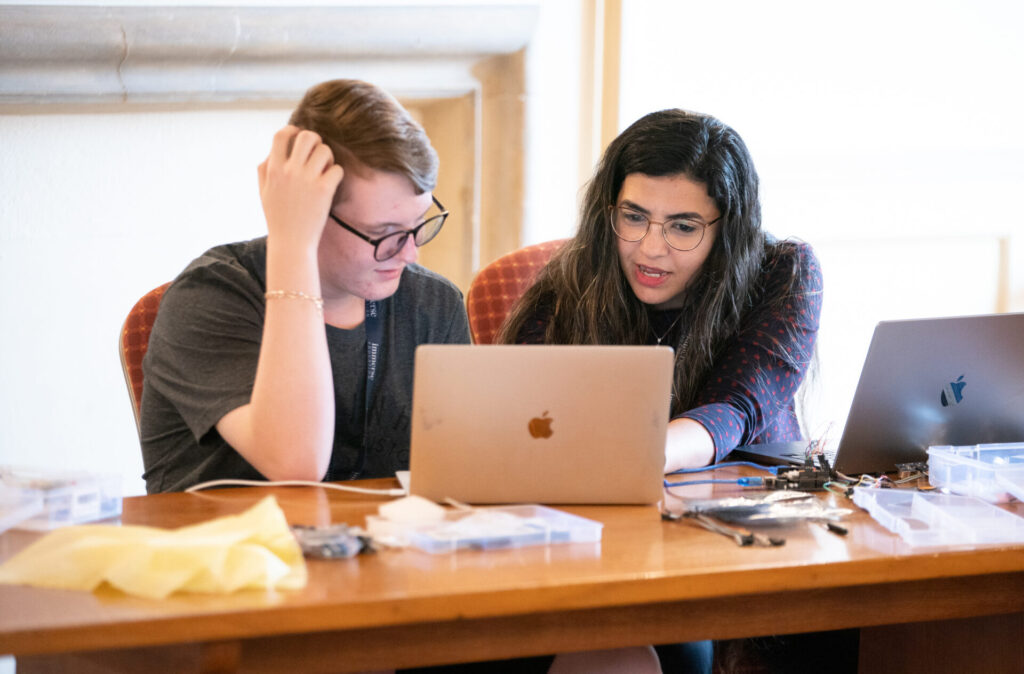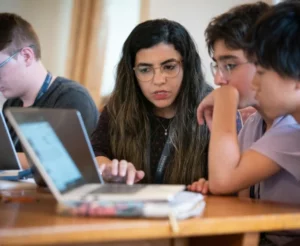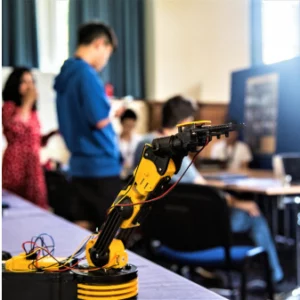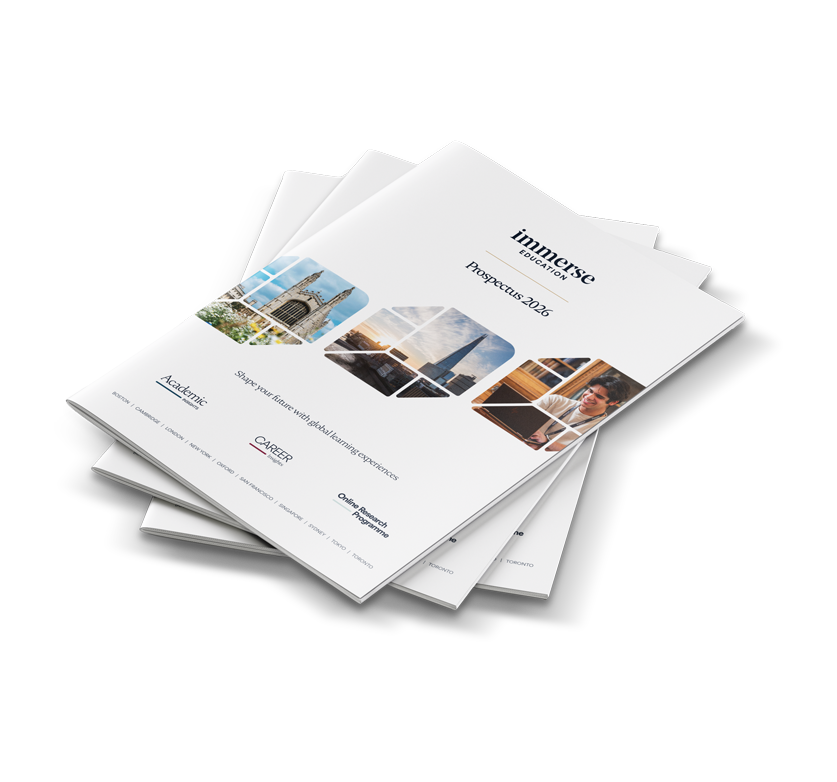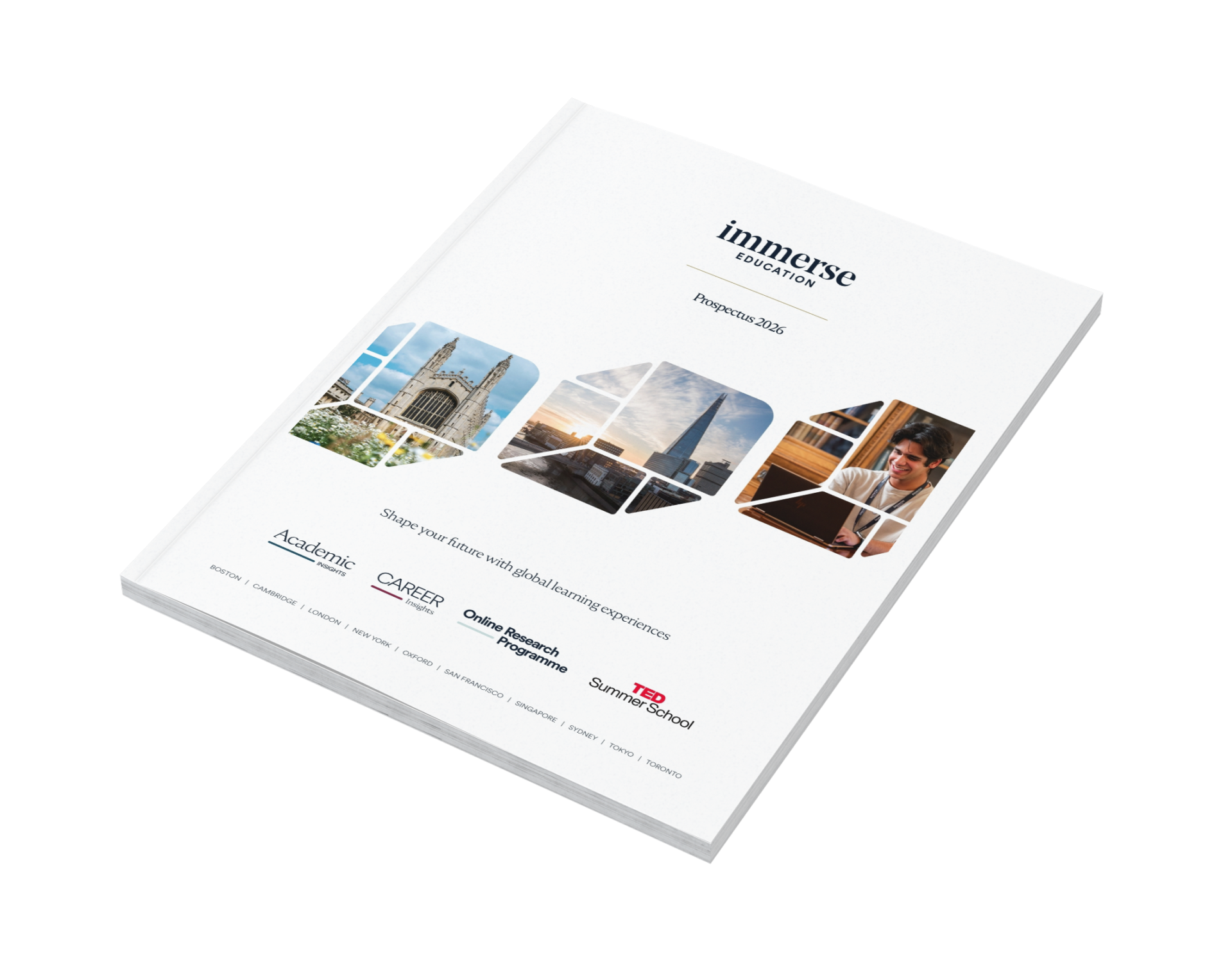Two Portuguese high school students have taken a bold step in addressing one of the world’s most urgent challenges: reforestation. Marta Bernardino and Sebastião Mendonça, both students from Lisbon, recently won Immerse’s inaugural Business Plan Competition with their startup idea Trovador – an autonomous robot designed to replant forests in hard-to-reach and wildfire-damaged terrains. Combining robotics, artificial intelligence, and an entrepreneurial spirit, the duo captured the judges’ attention with a pitch that was equal parts technical brilliance and heartfelt environmental mission.
A Problem Close to Home
Trovador wasn’t born from abstract ambition. Its roots lie in a very real problem facing Portugal: wildfires. Marta, who grew up in the countryside, witnessed the devastating effects of fires year after year. “We just don’t see the forest come back by its own,” she said, pointing to the steep, dangerous terrain that made manual reforestation impossible.
Inspired to do something about it, she and Sebastião began researching existing solutions. What they found was far from encouraging. Tractors used in replanting often compact the soil, drastically reducing germination rates. Aerial seeding by drones, while popular, sees success rates of less than 20% due to imprecise delivery and lack of soil contact (FAO, 2020). They concluded that a new approach was needed – one that would combine the precision of human planters with the adaptability of robotics.
The Birth of Trovador
Marta and Sebastião envisioned a robot that could climb 70-degree slopes, identify the best planting locations, and carefully insert saplings into the soil. The concept, eventually dubbed Trovador (Portuguese for “troubadour”), materialised as a six-legged all-terrain robot equipped with smart sensors and planting tools. The design is inspired by biomimicry and uses AI to navigate varied landscapes without damaging the soil – a key advantage over traditional machinery.
In June 2023, their prototype “Trovador” planted 32 saplings in under 20 minutes with a 90% survival rate over six months. These results compare favourably with many manual or drone-led reforestation efforts and were achieved using mostly recycled parts – a testament to the team’s ingenuity and frugality.
The Power of Collaboration
The partnership between Marta and Sebastião was serendipitous. They met at a tech conference hosted by a space agency and immediately clicked. Marta, a veteran of robotics competitions, brought the hardware and mechanical engineering skills. Sebastião, a self-taught programmer and project leader, focused on software and systems architecture.
“We understood how each other’s work ethic combined really well,” Marta explained. “And we could align our values to solve something we both cared about.”
Their clear division of labor allowed them to iterate quickly, from ideation to prototype testing. While Marta designed the robot’s frame and electrical systems, Sebastião developed the path-planning algorithm and control dashboard. Their shared commitment to environmental impact gave the project a strong sense of purpose beyond the classroom.
Join the Immerse Education 2025 Essay Competition
Follow the instructions to write and submit your best essay for a chance to be awarded a 100% scholarship.
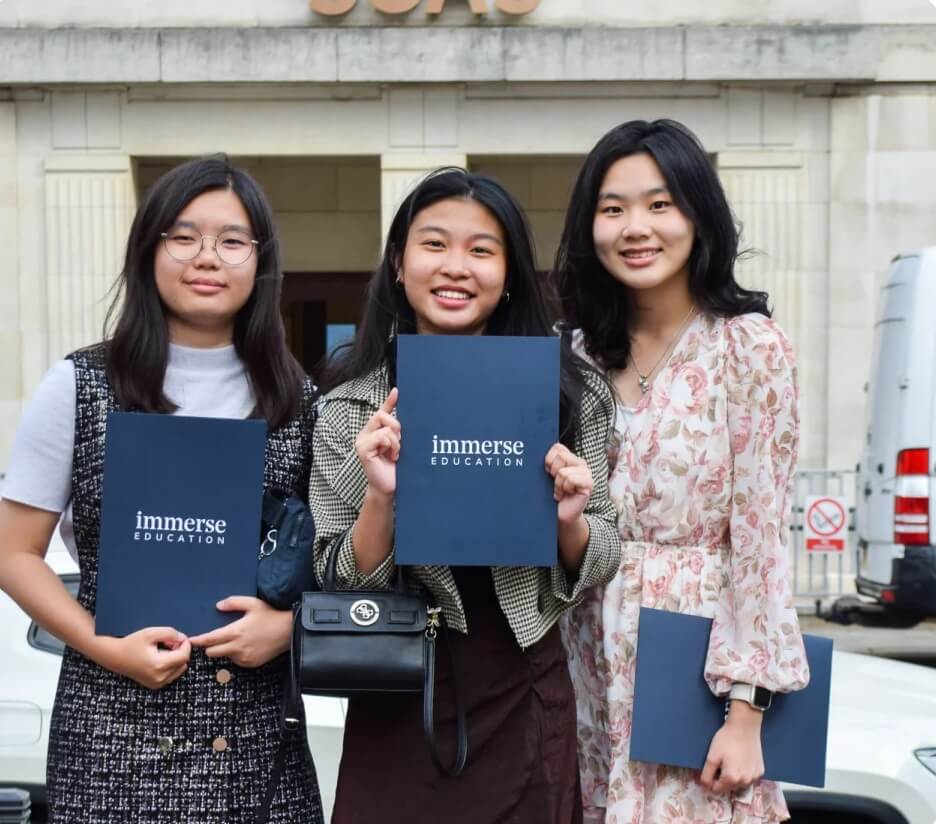
Tech for Trees: How Trovador Works
Trovador’s reforestation system begins with a digital map. Through a custom interface, users can define a target area. The robot’s software then calculates the optimal route based on slope gradients, obstacles, and soil types. Once deployed, Trovador uses real-time sensors to plant saplings – which are hardier and more likely to survive than seeds – at precise intervals, drilling into the ground and tamping down each planting site for maximum survival odds.
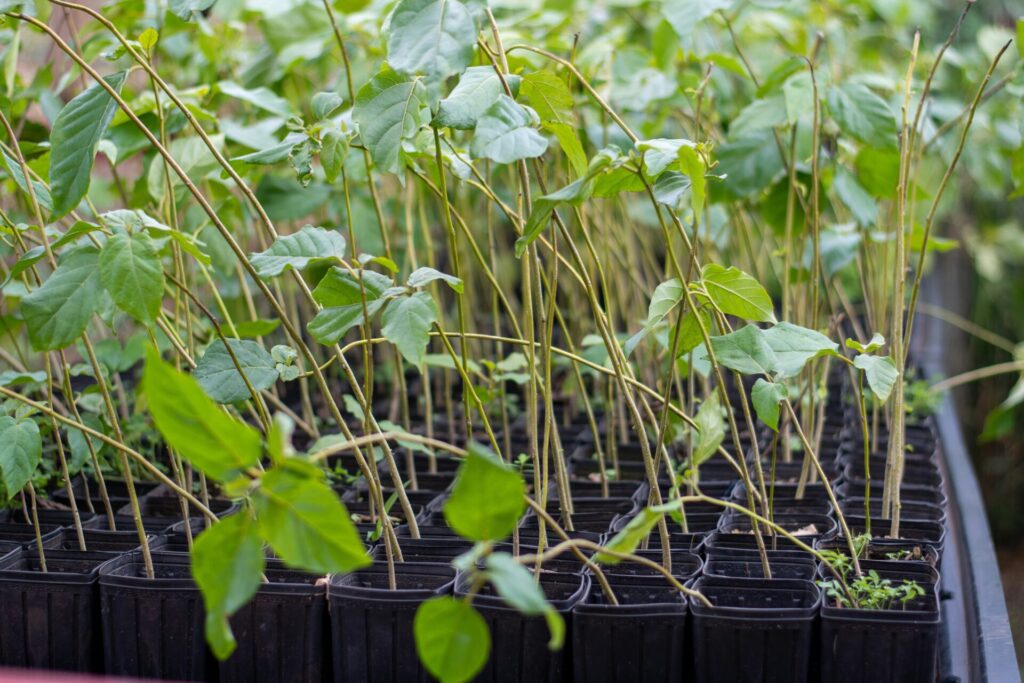
The robot uploads telemetry data – including GPS coordinates, soil moisture, and battery life – to the cloud, enabling remote monitoring and adjustments. With this system, reforestation teams could manage an entire hillside planting operation from a laptop, avoiding hazardous fieldwork.
The Bigger Picture: A Booming Sector
Trovador isn’t just a cool science project – it’s riding the wave of a rapidly growing market. The global precision forestry industry is projected to reach $11.6 billion by 2030, growing at 7.5% annually (Allied Market Research, 2022). With nature-based solutions attracting over $150 billion in private investment in 2023 alone (UNEP, 2023), there is a clear demand for scalable, tech-powered reforestation strategies.
Reforestation also plays a vital role in fighting climate change. Forests absorb up to 2.6 billion tonnes of CO₂ annually (IPCC, 2021), but we lose approximately 500 trees per second (World Bank, 2022). Solutions like Trovador offer a path to restoring degraded ecosystems faster, safer, and more precisely than traditional methods.
Winning the Competition
Their breakthrough moment came with the Immerse Education Business Plan Competition – an international contest that challenges young entrepreneurs to pitch ideas that address global problems. Out of hundreds of entries, Marta and Sebastião’s Trovador stood out for its originality, scalability, and real-world applicability.
Judges praised the pair for their technical depth, market understanding, and clear execution plan. As winners, they received a £1,000 development grant, mentorship from startup experts, and access to brand-building resources such as professional design and marketing support.
The duo plans to use the grant to improve Trovador’s hardware and increase its field reliability. They aim to launch pilot deployments across Portugal within the next year, in collaboration with local municipalities and environmental agencies.
Inside a Winning Business Plan: The Trovador Template
Trovador’s submission offers a blueprint for excellence in business planning. Here’s how Marta and Sebastião structured their plan, and what made it stand out.
1. Market Research That Mattered
They identified a clear gap: traditional reforestation methods (manual labour, drones, and tractors) can’t function in the 30% of forests located on steep slopes. They used country-specific stats (e.g. Portugal restores just 0.16% of degraded forest every 5 years) and global data (1.7 billion seedling shortfall per year) to demonstrate the urgency of their solution.
2. Software and Process Flow
They mapped a seamless 3-step process – plan, deploy, and monitor – supported by a bespoke UI and autonomous navigation software. The backend generates optimised routes based on slope and soil data. Users remotely track KPIs like location, battery, and planting stats. Their software architecture diagram on page 10 visualises this impressively, from UI connection through to real-time deployment and sensor-driven adaptation.
3. Hardware Innovation
Their plan gave clear technical depth without overwhelming the reader. They included:
- A detailed robotic planting protocol (humidity scanning, drilling, planting, stumping)
- Diagrams and photos of the proof-of-concept model (pages 2–3)
- A costed hardware breakdown (page 11), noting where parts could be sourced or recycled
- Terrain adaptability via a hexapod design that avoids soil compaction and maintains stability on slopes up to 70º
4. Environmental and Economic Impact
Beyond technical specs, the team projected survival rates, economic savings (40% cheaper than manual planting), and SDG alignment – backed by early trial data: their robot planted 32 trees in 20 minutes with a 90% survival rate after 6 months.
5. Traction and Partnerships
They included clear timelines for testing and deployment, outlined ongoing pilots, and highlighted partnerships with Vodafone, Capgemini, and forest conservation entities. Their traction map and funding summary show a mature awareness of startup growth and stakeholder engagement.
If you’re ready to create your own business plan, check out our guidance and template. We’ve included a step-by-step process for writing and tips for optimising every section.
A Generation Ready to Act
For Marta and Sebastião, Trovador isn’t just a product – it’s a mission. They’re part of a generation that has grown up under the shadow of climate change, and they view entrepreneurship not just as a career path, but as a form of activism.
“Younger generations have a responsibility to act,” Marta explained. “This isn’t just a business for us – it’s a way to show that technology can be part of the solution.”
Their advice to other young innovators? Start with a real problem. “Don’t chase cool ideas,” she cautions. “Chase meaningful ones.”
Looking Ahead
The team behind Trovador has ambitious plans. They envision a fleet of tree-planting robots restoring forests from Portugal to California. Future versions may incorporate satellite imaging, advanced AI planning, and partnerships with reforestation NGOs.
Their longer-term goal? A global platform where landowners, governments, and nonprofits can “order” reforestation via Trovador – bringing automated planting to even the most remote corners of the planet.
As the world grapples with the twin crises of biodiversity loss and climate change, innovations like Trovador show what’s possible when purpose and technology unite. And in Marta and Sebastião’s case, they remind us that big ideas aren’t just for seasoned professionals. Sometimes, the solutions to our greatest challenges start in a high school robotics lab – with two teenagers, a dream, and a robot named after a wandering poet.
Interested in launching your own idea?
The Immerse Education Business Plan Competition invites students aged 13–18 from around the world to pitch innovative startup ideas that solve real-world problems. Whether you’re passionate about sustainability, technology, healthcare, or education, this is your chance to turn creativity into impact. Winners receive funding, mentorship, and global recognition. Learn more and register for the next round here.
